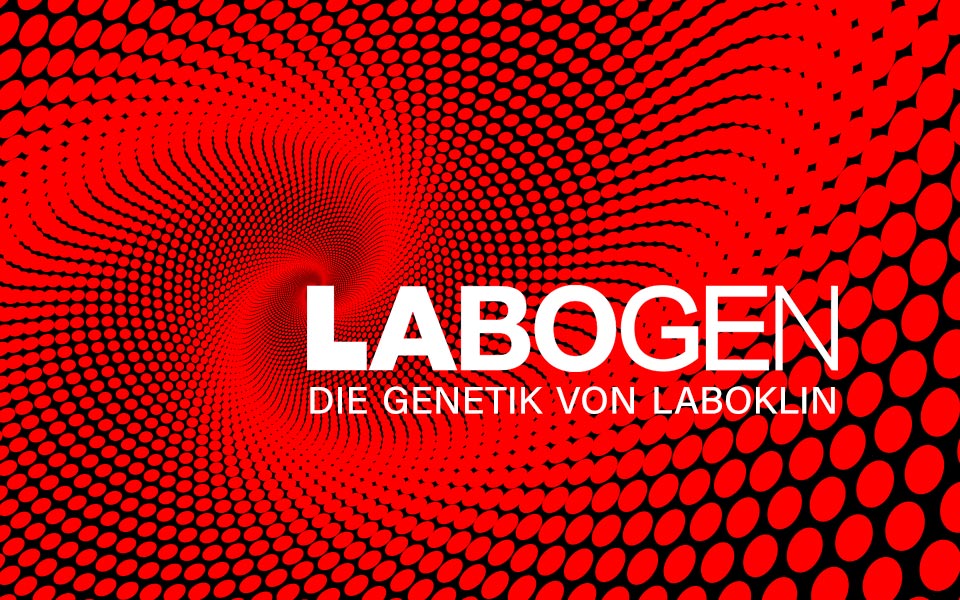Progressive Retinaatrophie (GTPBP2-PRA)
Progressive retinal atrophy (GTPBP2-PRA)
General description
Affected dogs exhibit typical signs of visual impairment. The age of onset of the first symptoms varies and typically ranges between 7 months and 1.5 years. As the disease progresses, a secondary cataract (lens opacity) may also develop.
Breeds
Australian-Labradoodle (Cobberdog), Labradoodle, Labrador Retriever
Order details
| Test number | 8964 |
| Sample material | 0.5 ml EDTA blood, 2x cheek swab, 1x special swab (eNAT) |
| Test duration | 7-14 working days |
Test specifications
| Inheritance | autosomal recessive |
Detailed description
Canine progressive retinal atrophies (PRA) are genetically heterogeneous diseases characterized by retinal degeneration and subsequent blindness. While there are PRA mutations that are shared by multiple breeds, many seem to be private to a single breed or are found in breeds sharing similar ancestral backgrounds.
Typical signs found by ophthalmoscopic examination are widespread tapetal hyper-reflectivity and retinal vascular attenuation.
Genetic testing complements clinical eye examinations with the advantage of detecting known PRA mutations before breeding age or before clinical signs present.
A genetic variant in the GTPBP2 gene has been associated with progressive retinal atrophy (PRA) in Labrador Retrievers. In affected animals, this variant leads to retinal degeneration, resulting in a progressive loss of vision.
The dogs exhibit typical signs of visual impairment, such as a reduced response to visual stimuli - for example, they may no longer follow a thrown ball - as well as an increased reliance on their sense of smell to navigate their surroundings.
The age of onset of the first symptoms varies and typically ranges between 7 months and 1.5 years. As the disease progresses, a secondary cataract (lens opacity) may also develop




